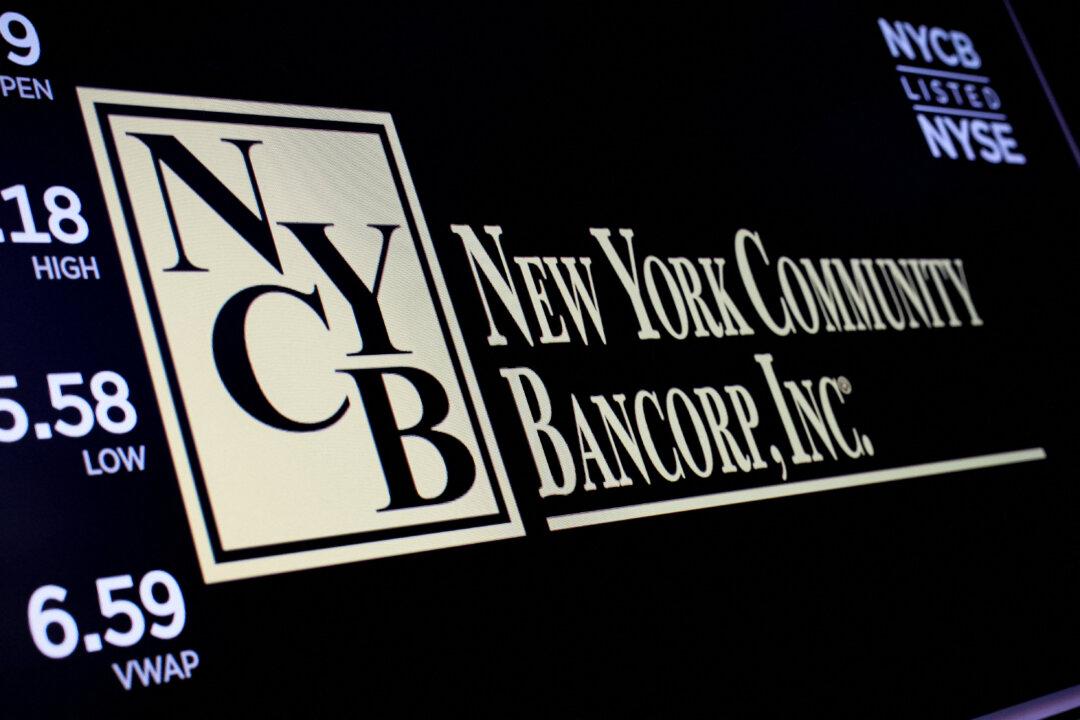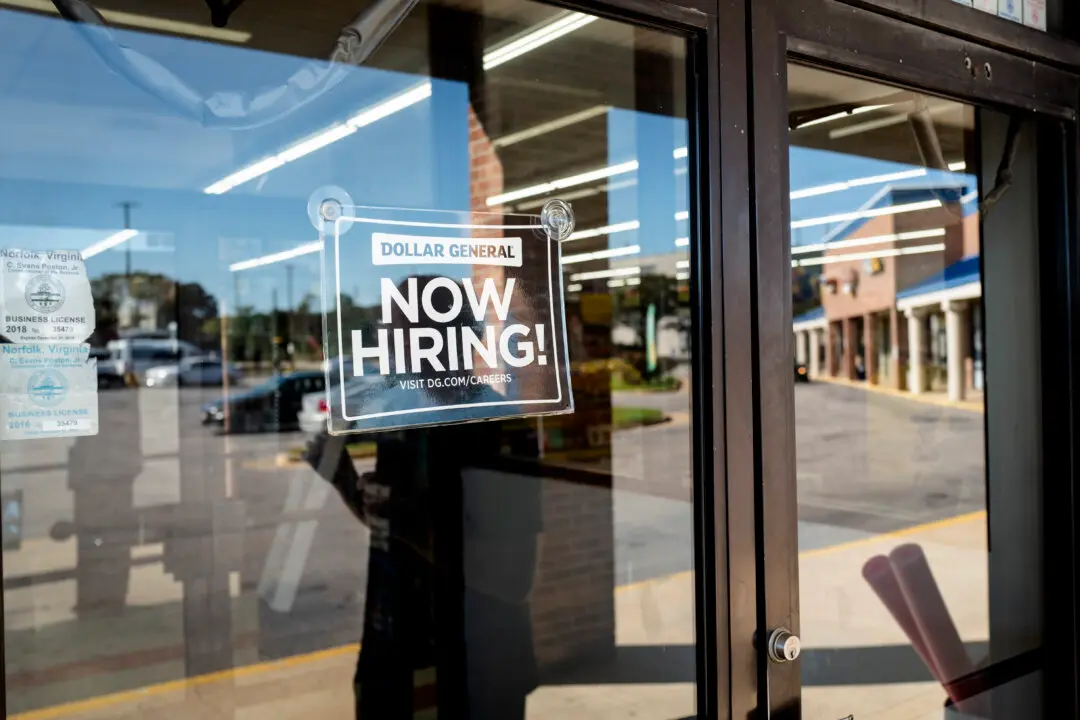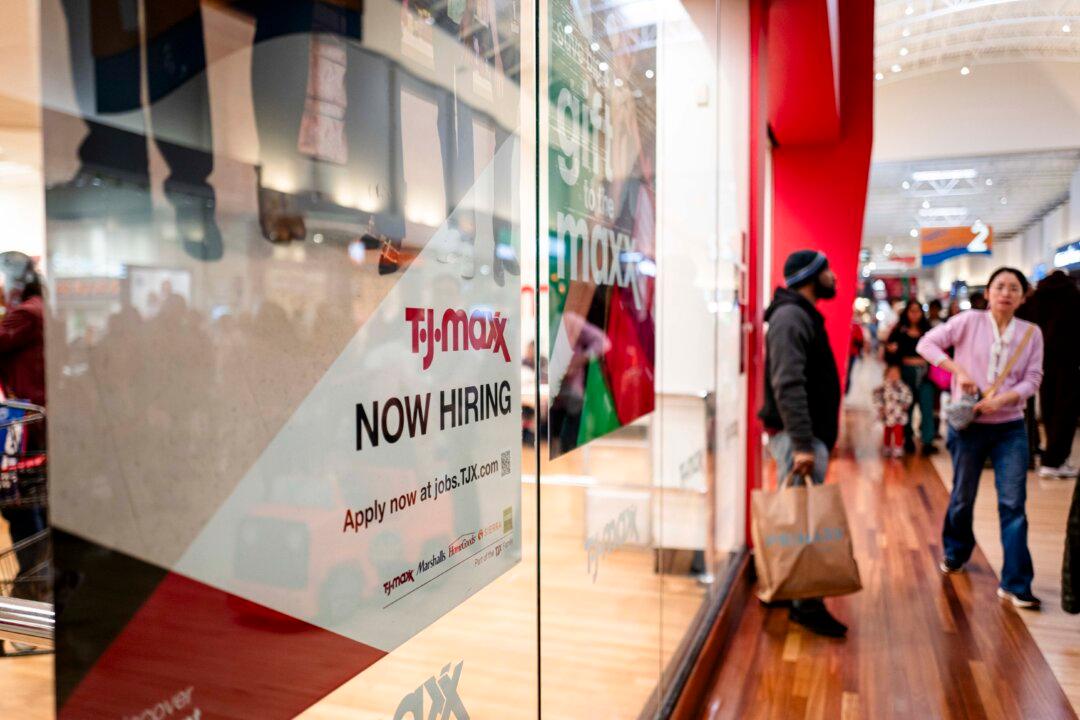Shares of New York Community Bancorp Inc. (NYCB) tumbled 23 percent to kick off the trading week on March 4, driven this time by the stock’s downgrades from Fitch Ratings and Moody’s Investors Service.
Fitch slashed the company’s long-term issuer default rating to junk status, to BB+ from BBB-. The rating outlook was also “negative.”





